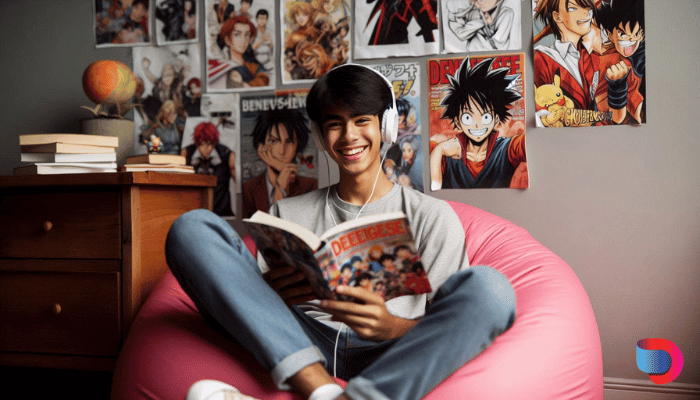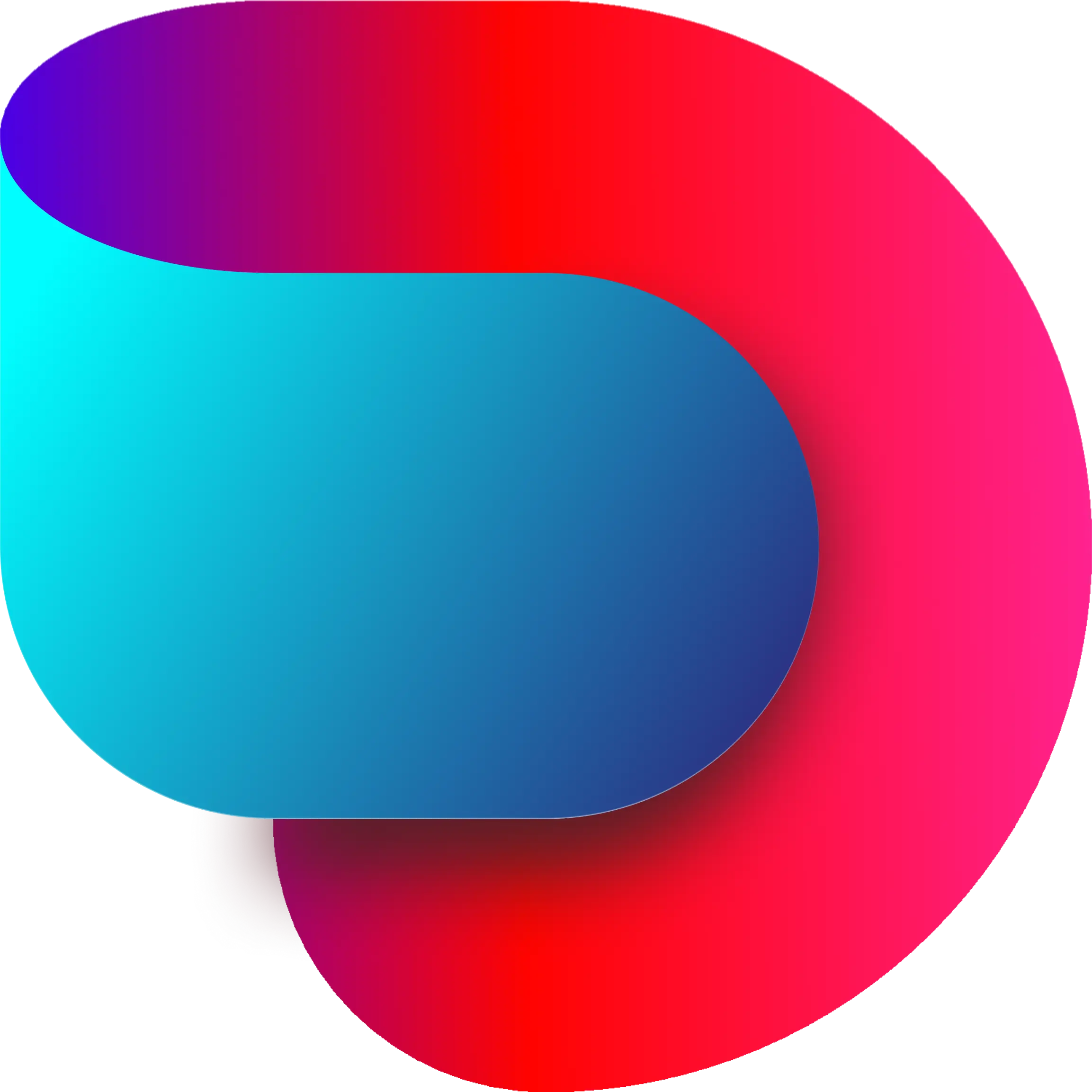Beyond the Frame: Learn How to Read Manga
New to manga? Our guide shows you how to read manga the right way, from panel navigation to speech bubbles. Enjoy exciting stories now!

How to Read Manga Like a Pro!
Ever feel the pull of manga’s vibrant worlds but not sure how to dive in? You’re not alone! Manga, with its dynamic art and thrilling stories, has captured the hearts of comic lovers everywhere. Whether it's action-packed adventures or heartwarming romances, there's something in it for everyone—but first, you need to know how to read manga!
Contrary to what many think, you don’t need special skills to dive into manga. The story pulls you in naturally, but unlike Western comics, manga has its own unique reading flow that unlocks the magic on each page.
How to Read Manga the Right Way?
When you first pick up a manga, learning how to read manga might seem confusing at first because of the layout. Don’t worry, it’s not a mistake! Manga offers a unique way to experience storytelling. Instead of the left-to-right flow of Western comics, manga follows a right-to-left, top-to-bottom reading style.
Each section of artwork in a manga is called a panel. Following this distinct flow of panels unlocks the rhythm of the narrative, making it easy to grasp the sequence of events and dive into the characters' journeys.
You essentially have to move your eyes in a gentle zig-zag—starting at the top right, then moving horizontally to the left, dropping down to the next row, and repeating. This is the natural pattern that brings manga’s vibrant storytelling to life.
Snippet of Manga Reading Format \ Image Source: Quora
Now that you’ve grasped the basics of how to read manga, let’s explore other important manga elements.
Also Read: 10 Best-Selling Manga of All Time: Chart-Topping Sensations
Decoding Speech Bubbles in Manga
After understanding the art of navigating panels in a manga, let's dive deeper into another crucial element - speech bubbles! These little balloons popping out of characters' heads are where the magic of dialogue unfolds.
Unlike Western comics, interpreting speech bubbles in manga requires a slight shift in perspective due to the right-to-left reading flow.
Manga typically uses a one- or two-bubble system. The first bubble usually conveys the main point of the character's message, while a second bubble may express additional thoughts or emotions.
Speech bubbles aren't just containers for text; their shapes can also add another layer of meaning to the story. Rounded bubbles generally represent regular speech, while jagged or pointed bubbles might indicate yelling or anger. Additionally, some bubbles might have sweat droplets or squiggly lines to convey nervousness or excitement.
Image Source: Anime Outline
Now that you've cracked the code of speech bubbles, let's delve into the additional artistic elements that enrich the storytelling experience in the manga.
Manga Storytelling Elements
Manga goes beyond simply reading text in bubbles and following panels. It's a visual feast, where creators use a variety of artistic elements to enhance the story's depth and impact. Here are some elements that are used to build up a manga story:
Manpu
These are cool symbols that pop up around characters or within panels. They represent emotions, sound effects, and even movement, adding another layer of depth to the story.
Imagine a lightbulb over a character's head to signify a sudden idea, or sweat drops dripping down their face to convey nervousness.
Sample of Manpu.
Fukidashi
This is the fancy Japanese term for speech bubbles! Remember, they follow the right-to-left flow and can convey a range of emotions through their shape and design. A jagged bubble might indicate a character screaming, while a squiggly line around a bubble could represent excitement.
Image Source: SOAS
Gitaigo
Ever wonder how those "BAM!" and "POW!" sounds come alive in the manga? That's the magic of Gitaigo—onomatopoeic words that capture sounds and feelings, breathing life into the action sequences.
For example, a giant "CRASH" bursting across a panel to depict a powerful punch or a tiny "drip" echoing the sound of raindrops.
Sample of Gitaigo.
These storytelling elements are crucial in helping readers understand how to read manga effectively. They transform manga into an immersive experience, where every symbol, bubble, and sound effect brings the world of the story to life in ways that words alone can't capture.
Discover the Magic of Manga with Dashtoon
Reading manga isn’t just about taking in text and images; it’s about experiencing a blend of artistic expression, deep narratives, and unique cultural elements. Each page draws you into a new world where visuals and text seamlessly interact to create unforgettable stories.
If you're new to the format, it's natural to feel a bit overwhelmed at first, but don’t worry! Once you grasp the rhythm of manga’s storytelling techniques, the journey becomes endlessly rewarding.
But if you prefer a smoother, more familiar reading experience, Dashtoon has got you covered. Whether you want the classic manga format or a vertical reading style that feels like second nature, our platform offers flexibility.
Both our website and app provide seamless vertical reading experiences, allowing you to dive into manga the way you want to enjoy it. And the best part of all? It is completely free!
Also Read: Manga Mania: Unraveling the Types of Manga for Fans
Final Thoughts
You've mastered the essentials of how to read manga. You understand its unique flow, the interplay of speech bubbles, and the artistic elements that make it so captivating. The world of manga is limitless, with genres ranging from pulse-pounding action to tender romances. Whether you're discovering your first series or revisiting a favorite, the adventure awaits.
Ready to dive in? Explore Dashtoon and open the door to a whole new world of manga possibilities. From laughs to thrills, your next obsession is just a click away—dare to read!
Frequently Asked Questions (FAQ)
1. Do I need to know Japanese to read manga?
No! Manga is primarily a visual medium, and the story unfolds through the artwork and panel sequences. While some sound effects and character names might be in Japanese, you can usually understand the story without any prior knowledge of the language.
2. Is there a specific order in which I need to know how to read manga?
Yes! Unlike Western comics, manga has a unique right-to-left, top-to-bottom reading flow. Each panel is like a mini-stage. You’ve to follow the flow from the top right corner to the bottom left corner of the page, then move to the next rightmost panel on the following row.
Remember, to know how to read manga, you must familiarize yourself and read more!
3. What are those symbols popping up around characters?
Those are called Manpu, representing emotions, sound effects, and even movement. A lightbulb might indicate a sudden idea, sweat drops could signify nervousness, and a giant CRASH bursting across a panel depicts a powerful punch.
4. How do I interpret the speech bubbles?
Speech bubbles in manga also follow the right-to-left flow. The first bubble usually conveys the main point, and the second bubble might express additional thoughts or emotions. Additionally, the bubble shape can offer clues about the tone - jagged for yelling, rounded for regular speech, and squiggly for excitement.
5. Where can I find free manga to read?
Dashtoon offers a vast library of free manga across various genres! Explore popular titles, discover hidden gems, and dive into captivating stories, all on a platform designed for ease of use and a personalized reading experience.
You can also check out Viz Media, which offers a selection of free chapters from popular series.
Another great option is Mangakakalot, where you can browse a catalog of manga, including classic series and the latest releases, all available for free.
6. What are some popular manga genres?
The world of manga is incredibly diverse! Some popular genres include shonen (action/adventure for boys), shojo (romance/drama for girls), seinen (action/drama for adult men), josei (romance/drama for adult women), and many more. Explore and find genres that pique your interest!
7. I'm new to manga, where should I start?
Dashtoon offers curated recommendations based on your preferences. Check out our platform to read manga for free.
